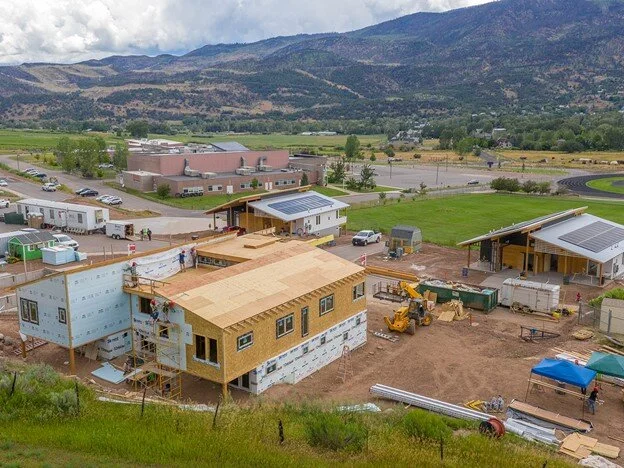Tomorrow’s Power Grid Will Be Autonomous
Source: Benjamin Kroposki, Andrey Bernstein, Jennifer King and Fei Ding · IEEE SPECTRUM · | November 23, 2020
Autonomous energy grids use AI, renewable energy, and energy storage to optimize the grid
In the Colorado neighborhood of Basalt Vista, a microgrid allows 27 households to seamlessly share electricity when needed. So far, utility bills are about 85 percent lower than typical electric bills in the state. The local electrical utility, Holy Cross Energy, partnered with the National Renewable Energy Laboratory to implement this autonomous energy grid. - Scott Randall/NREL
It’s great to have neighbors you can depend on, whether you’re borrowing a cup of sugar or you need someone to walk your dog while you’re out of town. In the western Colorado neighborhood of Basalt Vista, the residents are even closer than most: They share their electricity. But unlike your neighbor with the sugar, the residents of Basalt Vista may not even know when they’re being generous. The energy exchanges happen automatically, behind the scenes. What residents do know is how inexpensive, reliable, and renewable their electricity is.
The 27 smart homes in Basalt Vista, located about 290 kilometers west of Denver, are part of a pilot for an altogether new approach to the power grid. The entire neighborhood is interconnected through a microgrid that in turn connects to the main grid. Within each home, every smart appliance and energy resource—such as a storage battery, water heater, or solar photovoltaic (PV) system—is controlled to maximize energy efficiency.
On a larger scale, houses within the neighborhood can rapidly share power, creating reliable electricity for everyone—solar energy generated at one house can be used to charge the electric car next door. If a wildfire were to knock out power lines in the area, residents would still have electricity generated and stored within the neighborhood. From the spring through the fall, the PV systems can provide enough electricity and recharge the batteries for days at a time. In the dead of winter, with the heat running and snow on the solar panels, the backup power will last for about 2 hours.

